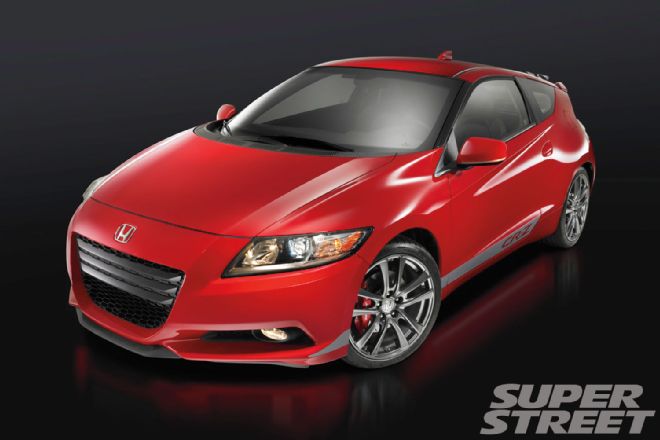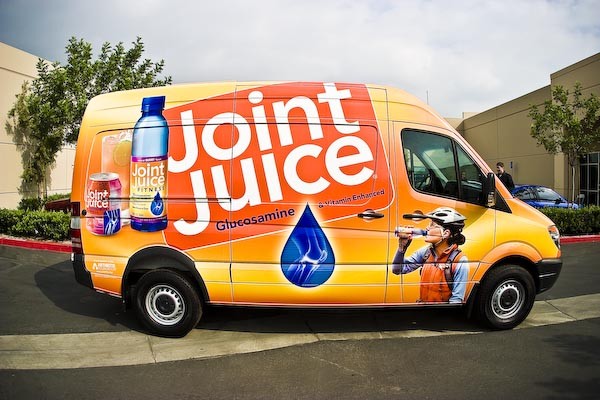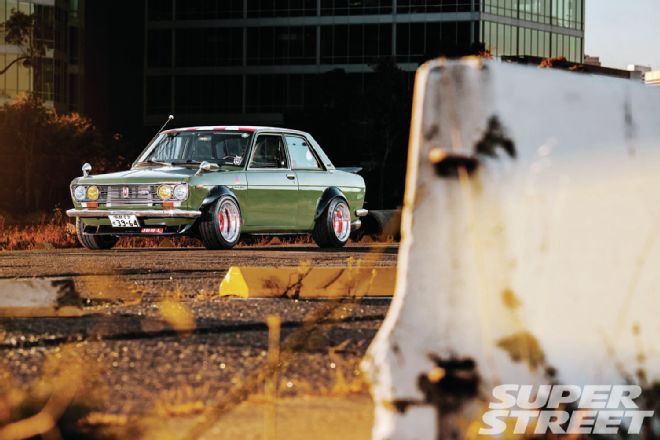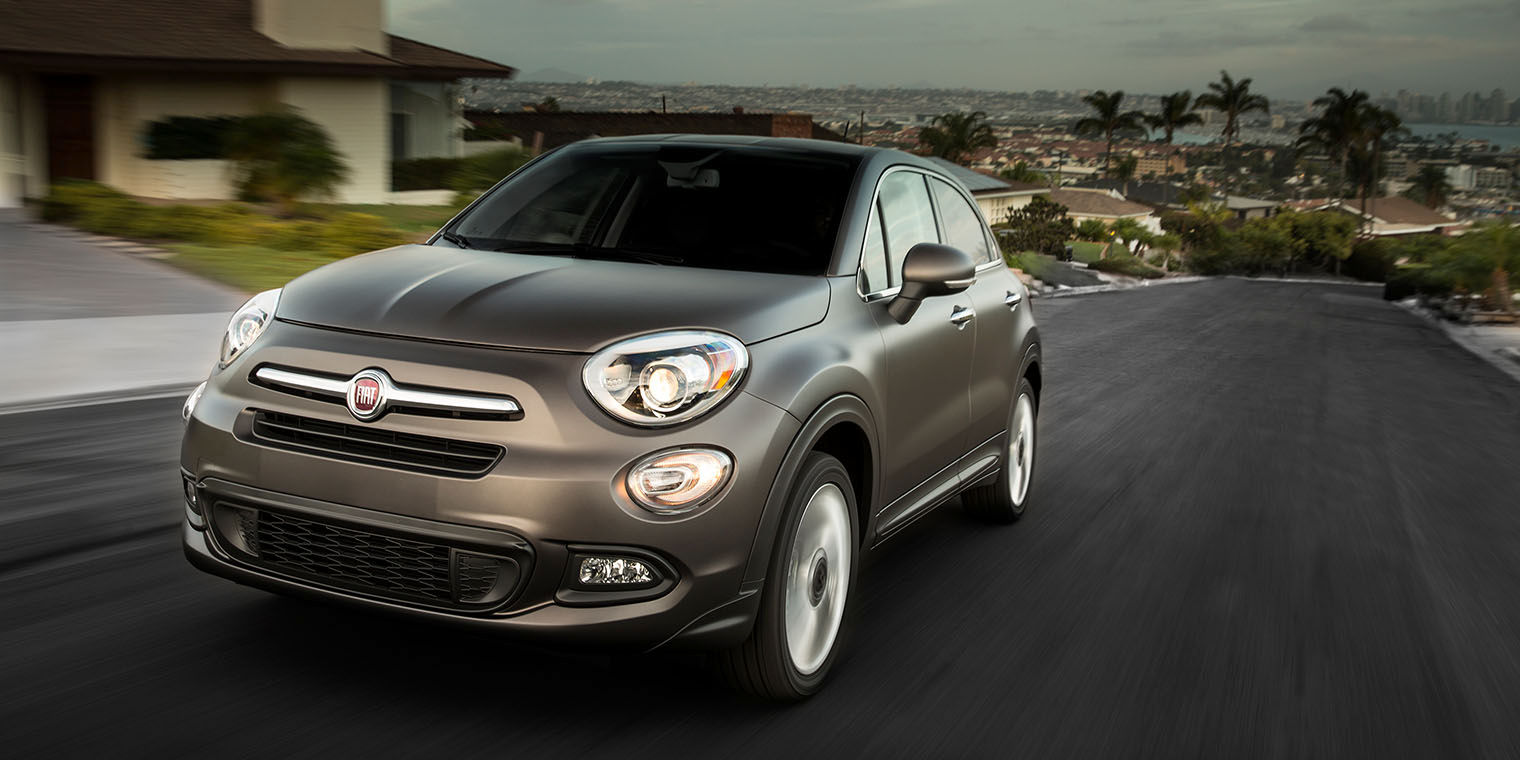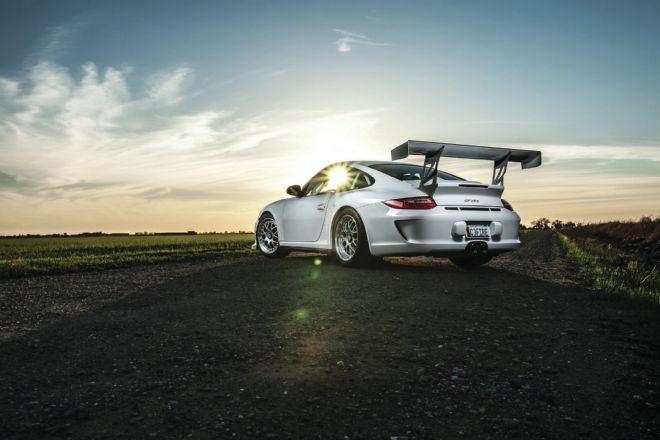Spoon Sports’ rigid collar system was installed prior to a comprehensive corner balancing session and Jesus dragged his hatch to every HPD event in the area. He adds, I went everywhere [including] Summit Point and VIR, and with the car dialed in, I did really well.
Jesus rebuilt his dream, and now his dream has grown into a full-fledged race toy. When asked what could possibly be next, Jesus stated, The car’s going back under the knife so I can do time attack. It’ll be a K-series with boost.
1999 honda civic DX spoon sports valve cover 02
1999 honda civic DX k tuned fuel pressure gauge 03
1999 honda civic DX TWM ITBs 04
Bolts & Washers
Propulsion
B18C1 (now 2.2L)
Modified OEM Type R oil pump
Drop Engineering engine mounts
Darton MID sleeves
95mm Eagle crankshaft
Wiseco pistons 12.8:1
Eagle stroker rods
ITR oil pump
TWM 52mm performance ITBS
Toda cams
Skunk2 retainers
Skunk2 valve springs
Skunk2 bronze valve guides
Skunk2 racing valves
Supertech keepers
DC Sports cam gears
Bisimoto exhaust manifold
Buddy Club spec 2 exhaust
Custom 3 vibrant test pipe
AEM 390 fuel pump
440cc RC injectors
TWM fuel rail
-8an custom braided fuel lines
Rusell fuel filter
Blox inline fuel pressure regulator
Spoon Sports half radiator
Spoon Sports radiator hoses
Spoon Sports plug wires
PWJDM Kevlar stacks
GS-R transmission
Driveshaft Shop 2.9 axles
Competition twin disk clutch
Quaife LSD
1999 honda civic DX B18C1 06 Photo 11/22 |
Darton MID sleeves, an Eagle crank, and Wiseco pistons help push this B18C1 to a 2.2L.
Suspension
Tein Super Flex coilovers
ASR front/rear sway bar
Miracle X brace
Spoon Sports shock tower bar
Energy suspension bushings
Buddy club adjustable A-arms
Buddy club adjustable rear camber kit
J’s racing rear brace
Custom welded structural braces
Spoon Sports rigid collar
Resistance
EBC brake rotors
Spoon Sports brake pads
Spoon Sports brake lines
OEM Civic Type R brake calipers
Project MU brake fluid
1999 honda civic DX miracle x brace 15
1999 honda civic DX APR rear diffuser 13
1999 honda civic DX seeker rear wing 14
Wheels & Tires
Spoon SW388 15×6.5 +42
Bridgestone Potenza Re-01 205/50-R15
Exterior
Laguna Seca Blue paint
Spoon Sports carbon fiber hood
Spoon Sports rear diffuser
Seeker rear wing
APR rear diffuser
APR carbon fiber canards
Chargespeed front lip
Custom side skirt splitter
Custom front splitter
1999 honda civic DX miracle x brace 11 Photo 15/22 | 1999 Honda Civic DX – Rebuilding The Rebuild
Interior
STATUS racing seats
Takata harnesses
Spoon Sports Gen 1 steering wheel
Spoon Sports Duracon shift knob
Spoon Sports rear view mirror
K-Tuned shifter
Cusco 5-point cage
Electronics
Hondata s300
AEM wideband
AEM voltmeter
Props
All my friends and Family.
Everyone at Mid-Atlantic Motor Works.
Carlos at Momentum Auto Works.
1999 honda civic DX custom side skirt splitter 08 Photo 16/22 | 1999 Honda Civic DX – Rebuilding The Rebuild
Owner Specs
Daily Grind
Machine Operator
Favorite Site
NWP4LIFE
Screen Name
SPOONEK9R
Building Hondas
6 Years
Dream Car
NSX
Inspiration For This Build
Spoon Sports race cars and building something different around my hometown.
Future Build
BMW e30 with an F22
1999 honda civic DX seeker rear wing 07 Photo 17/22 | 1999 Honda Civic DX – Rebuilding The Rebuild
The Collector
For those not in the know, the house of Spoon is a Honda specific tuner with a quarter century worth of trial-and-error under their belts, and Jesus Luna happens to have a habit of collecting any and everything they have to offer. His obsession started with his first build, a ’99 Si. He’d swapped a B16B, an engine that had come straight from Japan, and sported a Spoon Sports valve cover. Jesus said, I live in a small town and not a lot of people have more rare stuff. Having it was cool. Jesus appreciates all the other JDM tuners, but likes Spoon most of all. Spoon Sports is the closest you can get to a Honda factory race team, without being one. His current collection entails many of the parts currently available for his chassis, a set of the classic SW388’s, and a super rare Spoon Sports carbon-fiber hood. He’s always on the lookout for more, so if you run across any extra Spoon pieces, he’ll surely take them off your hands!



